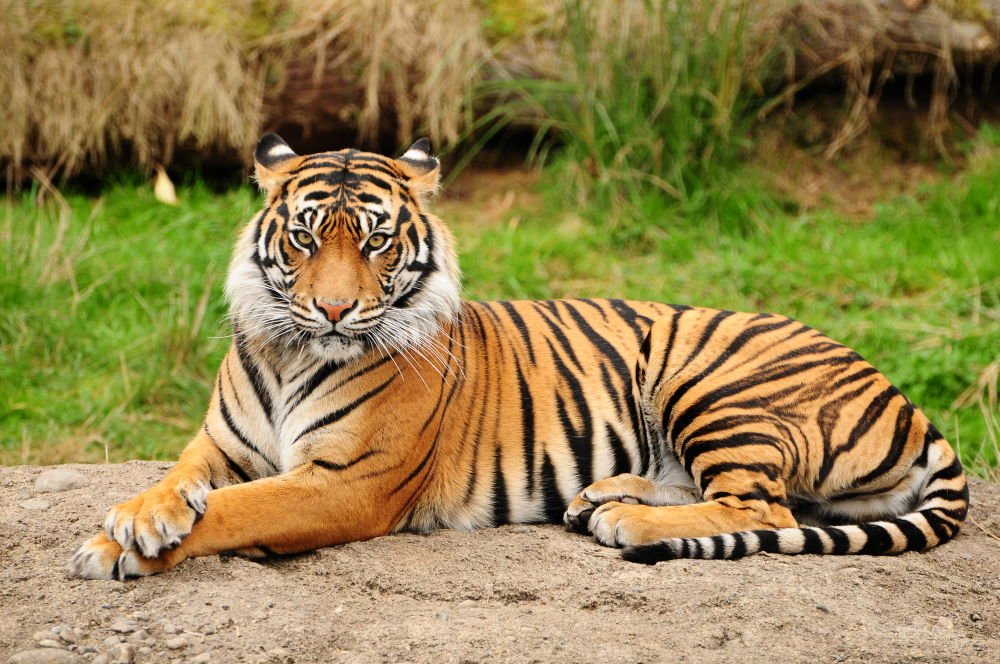ZOOLOGY
Through the study of zoology, you can gain an understanding of the natural world and how we can help with conservation. It also offers the opportunity to consider ways to face global challenges such as climate change and food security, trying to find solutions to help both animals and humans alike.
ZOOLOGY-ANIMAL
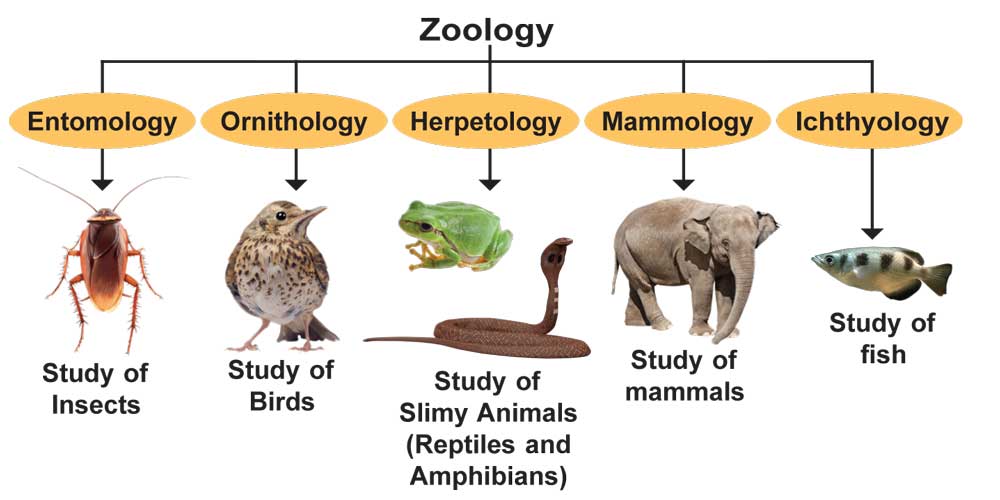
- ANIMAL WORLD- EVOLUTION
- ANIMAL WORLD- START
- ANIMAL TYPE-1
- ANIMAL TYPE 2
- WILD ANIMAL CARNIVOROUS
- WILD HERBIVOROUS
- DOMESTIC ANIMALS
- HORSE
- GROUP OF ANIMALS
- FAMILY OF ANIMALS
BIRD

- EGG
- NEST
- BIRD
- EXTINCT BIRDS
- BIRDS BODY PARTS
Birds have ecological value as important elements of natural systems. Birds provide insect and rodent control, plant pollination, and seed dispersal which result in tangible benefits to people. Insect outbreaks can annually destroy hundreds of millions of dollars of agricultural and forest products.
- Feathers.
- High metabolism.
- A four-chambered heart.
- A beak with no teeth.
- A lightweight but strong skeleton.
- Production of hard-shelled eggs.
INSECTS
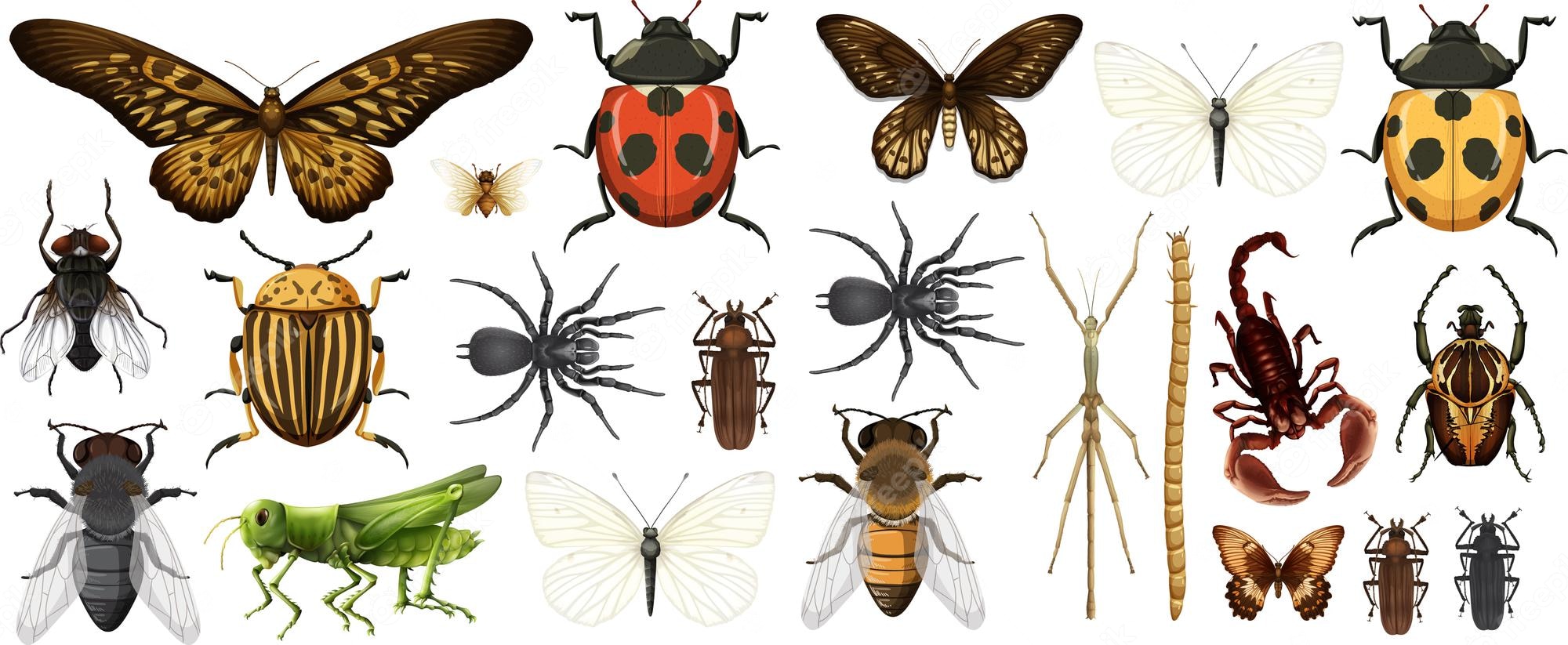
- INSECTS
- PARASITES – MOSQUITOES –BEES
- GROUP-INSECT
- COCKROACH HISTORY
- SCORPION
Insects create the biological foundation for all terrestrial ecosystems. They cycle nutrients, pollinate plants, disperse seeds, maintain soil structure and fertility, control populations of other organisms, and provide a major food source for other taxa. Most major insect pests in agriculture are non-native species that have been introduced into a new ecosystem, usually without their natural biological control agents. Insects have evolved unique features in the animal world that are a surprise to experts in biomechanics and bioengineering because many are recent inventions of humans. Insects have been in competition with humans for the products of our labor ever since the cultivation of soil began.
APE
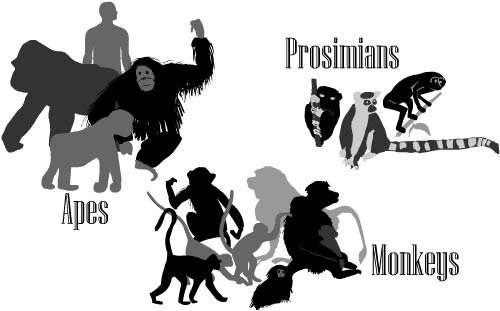
- APE
- MONKEY
- PROSIMIANS
Chimpanzees, our close relatives, play a vital role in maintaining the diversity of Central Africa’s forests. The large seeds they eat and disperse are too big for most other animals. Without them, and their fellow great apes and elephants, these forests would be irreversibly changed. Apes are humanity’s closest living relatives. In fact, people are apes; humans share about 98 percent of their DNA with chimpanzees. The non-human types of apes are divided into two groups: great apes — gorillas, bonobos, chimpanzees, and orangutans — and lesser apes — gibbons and siamangs
RAT

- RAT
- RABBITT
- MUSTELID
Rats are rodents that do actually serve a purpose in the ecosystem. They are scavengers and opportunistic eaters. They will eat garbage and other things that people throw away. Plus, rats are important as part of the predatory ecosystem. Rodents are important in seed and spore dispersal, pollination, seed predation, energy and nutrient cycling, the modification of plant succession and species composition, and as a food source for many predators. Additionally, some species provide food and fur for human use. There are three major reasons why rats and mice are considered pests: They consume and damage human foods in the field and in stores. In addition, they spoil it in stores through urine and droppings reducing the sales value.
REPTILE
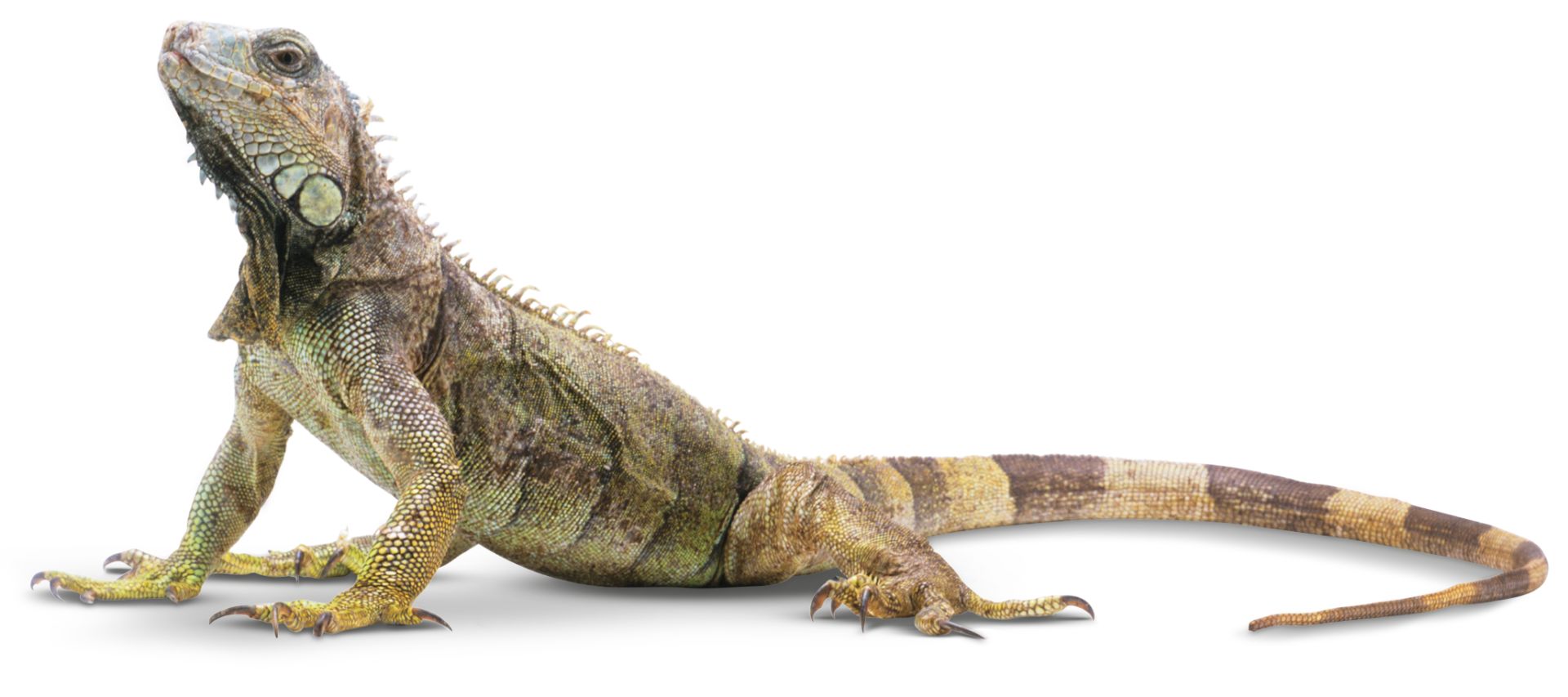
- REPTILE
- GROUP OF REPTILE
Most reptiles are carnivores, and many of them will feast on insects and rodents that are known to carry diseases. This not only helps keep undesirable pests at bay, but it also helps keep humans and other animals safe from harm. Reptiles play an important role in the life of humans. In addition to playing an important role in many food chains, which keep the populations of small animals under control, reptiles serve as food, and pets, and have played roles in art and culture for thousands of years.
WATER CREATURES
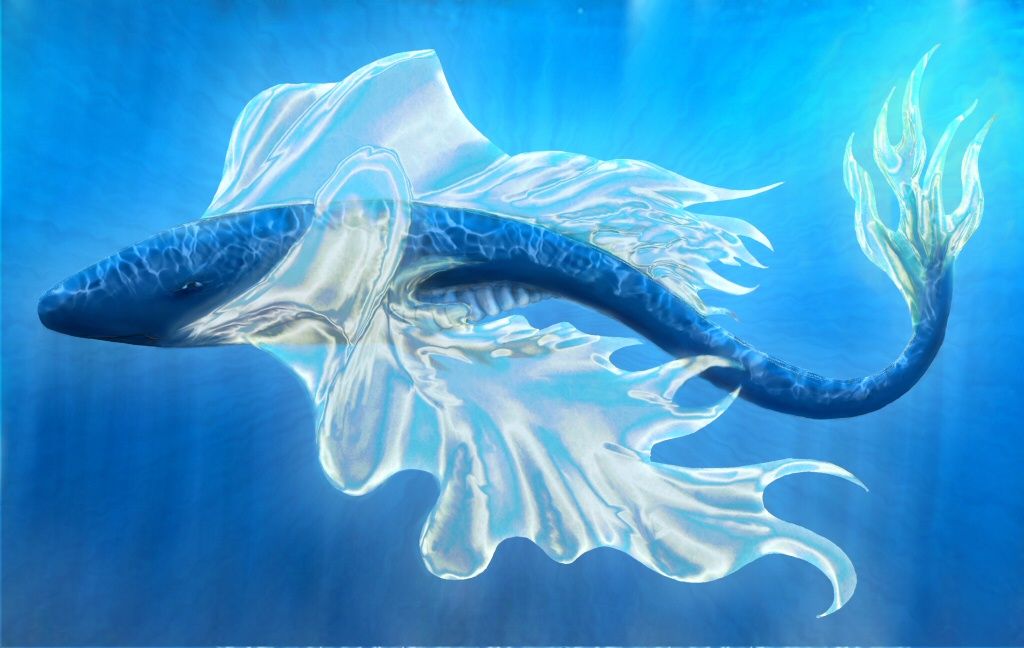
- SEA CREATURES-SHELLFISH
- AMPHIBIANS
- OTHER WATER CREATURES
- FISH
- FISHING
- FISH AND WATER ANIMALS GROUP
- MAJOR POINTS OF FISHING
Aquatic animals provide more than 3 billion people with almost 20 percent of their average per capita intake of animal protein thereby contributing to food security1. Aquatic animals contribute to good health and well-being through improved nutrition. Today, aquatic animals are the main source of protein for billions of people worldwide, and demand is expected to increase. To satisfy this demand, aquatic animal production will need to double by 2050, with most of this growth coming from aquaculture.
- A Aquatic animals have gills to breathe underwater.
- B The neck is reduced and external ears disappeared.
- C Aquatic animals have streamlined bodies for effective navigation in water. Aquatic animals are those animals that live in water. In general consideration, these animals are classified based on their habitat.
OTHER THINGS ABOUT ANIMALS
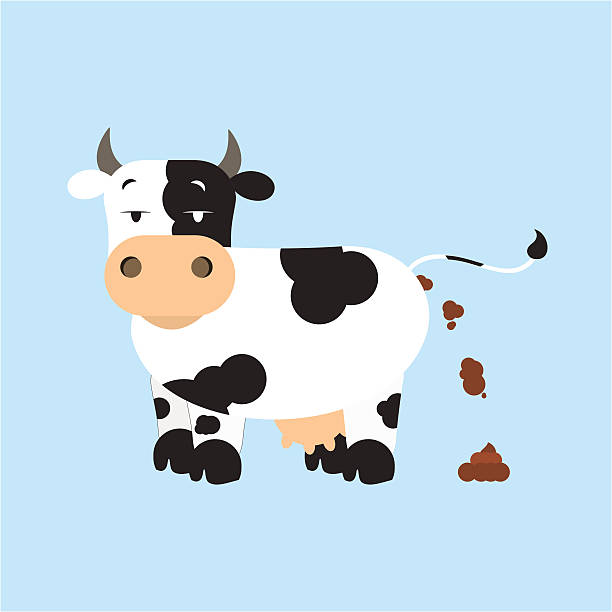
- EQUIPMENT USED FOR ANIMALS
- DIFFERENT BODY PARTS OF ANIMALS
- MILK-READ WITH FOOD SECTION MILK
- SHITS OF ANIMALS
- ANIMALS DISEASES
- ANIMALS DISEASES
- ANIMALS’ SEX –BIRTH
- ANIMALS’ TEMPERATURE
- ANIMAL SOUNDS
- ANIMLA BEAHVIOUR-JUMP-WALK
- ANIMAL CLEANING-BITING-FIGHT
-

Bird Cage SLEEPING OF ANIMALS
- CAGE
- DWELLING PLACE OF ANIMALS
- KILLING-HUNTING-TRAPPING
- ANIMAL KEEPER-KEEPING
- MAN-ANIMAL-SPECIAL ANIMALS
- DISEASE AND LIFE SPAN RELATION
- ANIMAL RIDING
- OTHER TERMS ASSOCIATED WITH ANIMALS
- SYMBIOSIS
- WHIP
- DOMESTICATION OF ANIMALS
We use chicken and hen for eggs and meat which are major sources of proteins. Camels, horses ad elephants are used for transportation. Some important domesticated animals are dogs, cats, sheep, goats, etc. Fishes are reared and used for food, fish oil, manure, glue, and some important medicinal purposes. Horses, donkeys, and elephants are used for carrying heavy loads. Animal litter is also used as a source of manure which helps to supplement the required nutrients in the soil. Sheep are reared for their soft and warm wool. They also provide milk and other medicinal purposes. Animals help to control the population of other animals hence, helping to maintain an ecological balance. Many aquatic creatures are very helpful to humans as well as to other than the territorial animal.








